Exhibition - Serial Killer: The Exhibition – When True Crime Becomes Collective Memory
By Mulder, 30 april 2025
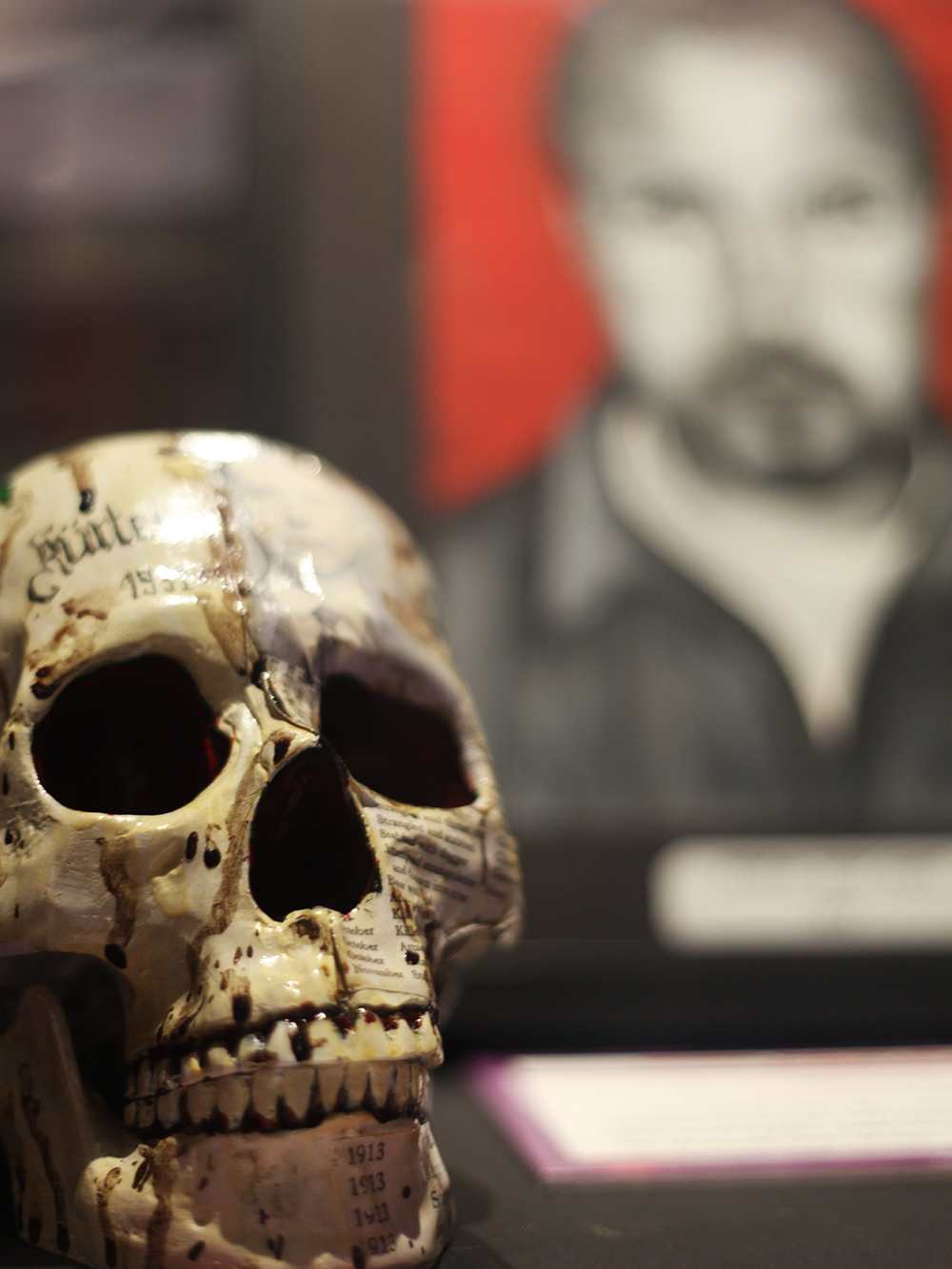
There’s something eerie, almost magnetic, about the fact that over 100,000 visitors have already walked through the halls of Serial Killer: The Exhibition at Galeries Montparnasse since its opening on February 21. What might sound like a macabre curiosity has become, for many, a strangely enlightening journey—a disturbing yet unmissable exploration into the darkest corners of the human psyche. Now extended until June 1st due to overwhelming demand, this exhibition has shattered expectations by transforming its collection of more than 1,000 real-life criminal artifacts into a powerful, immersive experience that challenges perceptions, provokes thought, and sparks uncomfortable but necessary conversations about crime, trauma, and justice.

At its core, Serial Killer: The Exhibition isn’t just about showcasing objects once held by infamous figures like Ted Bundy, Jeffrey Dahmer, or Jack the Ripper. It's about building a psychological map of evil that spans centuries, borders, and headlines. Visitors are met not only with Dahmer’s original glasses or Bundy’s handwritten letters but with a chilling array of personal items, crime scene photographs, and forensic documentation that together recreate the timeline of horror each perpetrator left behind. But what elevates this exhibition beyond morbid voyeurism is its methodical framing: by contextualizing these crimes through historical, scientific, and sociological lenses, the organizers—led by Italmostre with Fever—challenge visitors to ask not just how, but why these people became serial killers, and what this says about the societies they lived in.
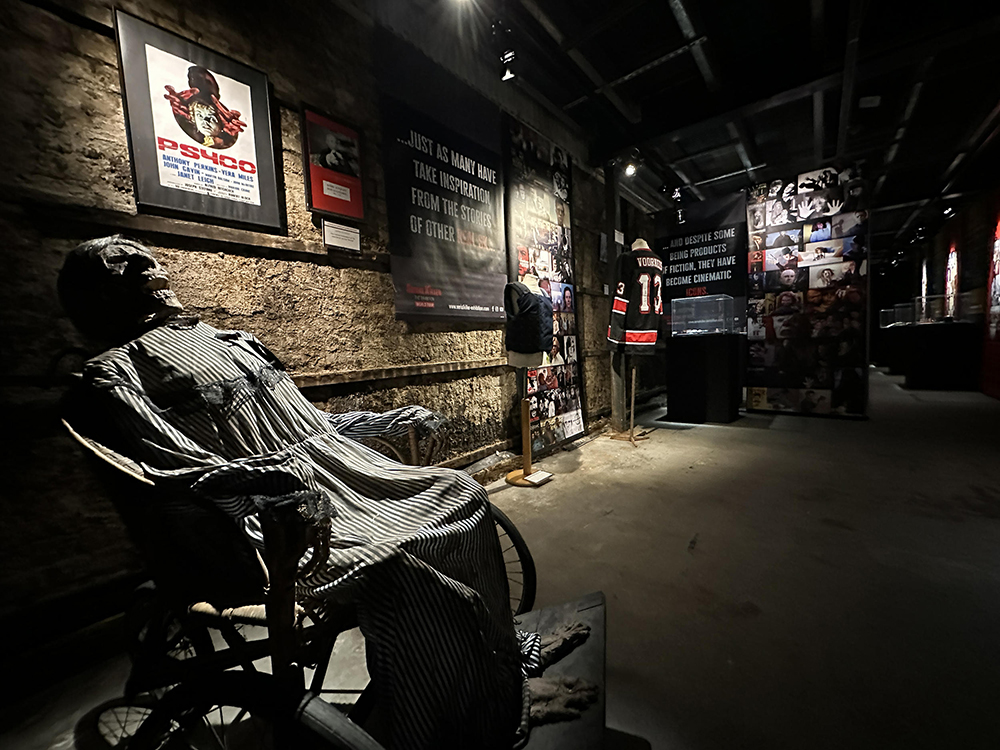
France is given a rightful spotlight in a dedicated section that’s perhaps the most emotionally resonant for local visitors. From Marcel Petiot, the so-called "murdering doctor of Paris," to Guy Georges, “the Beast of the East,” and Michel Fourniret and Monique Olivier, dubbed “the Ogre and the Witch of the Ardennes,” the exhibition pulls back the curtain on France’s own terrifying contributions to the annals of serial crime. Through crime scene reconstructions, court transcripts, and expert commentary, these French cases unfold not only as cautionary tales but as snapshots of evolving investigative techniques. As criminologist and professor Pierre-Olivier Chaumet reminds us, serial killers are not a modern phenomenon invented by American media in the 1980s. He brings up Gilles de Rais and Joseph Vacher—monsters born of different centuries but eerily familiar in their patterns. His academic voice brings a unique intellectual gravity to the exhibition and positions it as both a public spectacle and a didactic event.
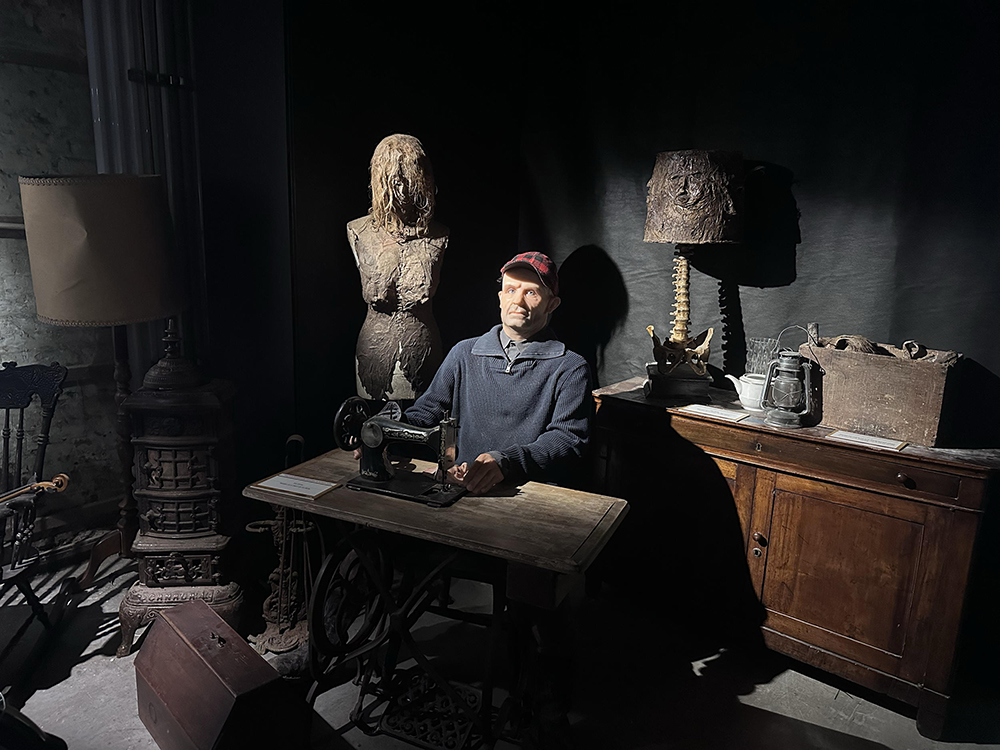
What also sets this exhibition apart is its overt refusal to glorify the murderers. Instead, it centers the victims—names often forgotten or overshadowed by the fame of those who took their lives. Room by room, viewers are reminded that each object, each reconstructed scene, and each line of archival testimony represents a life lost and a family shattered. One particularly striking room includes testimonials from relatives, photographs of victims, and references to the ongoing work of associations such as Victimes en Série (ViES) and AVANE, who fight daily for justice in cold cases and support for bereaved families. It's in these moments that the exhibit becomes less about crime and more about grief—and resilience.
The use of VR technology also plays a crucial role in immersing the audience. One VR segment allows attendees to witness a recreation of a forensic crime scene investigation, placing them in the shoes of a detective examining evidence, all while narrators guide them through the psychological traits that define a serial killer’s profile. It’s this blend of experiential storytelling and educational content that makes the exhibition both unforgettable and, at times, deeply unsettling. You don’t just leave Serial Killer: The Exhibition with facts—you leave with emotional weight.
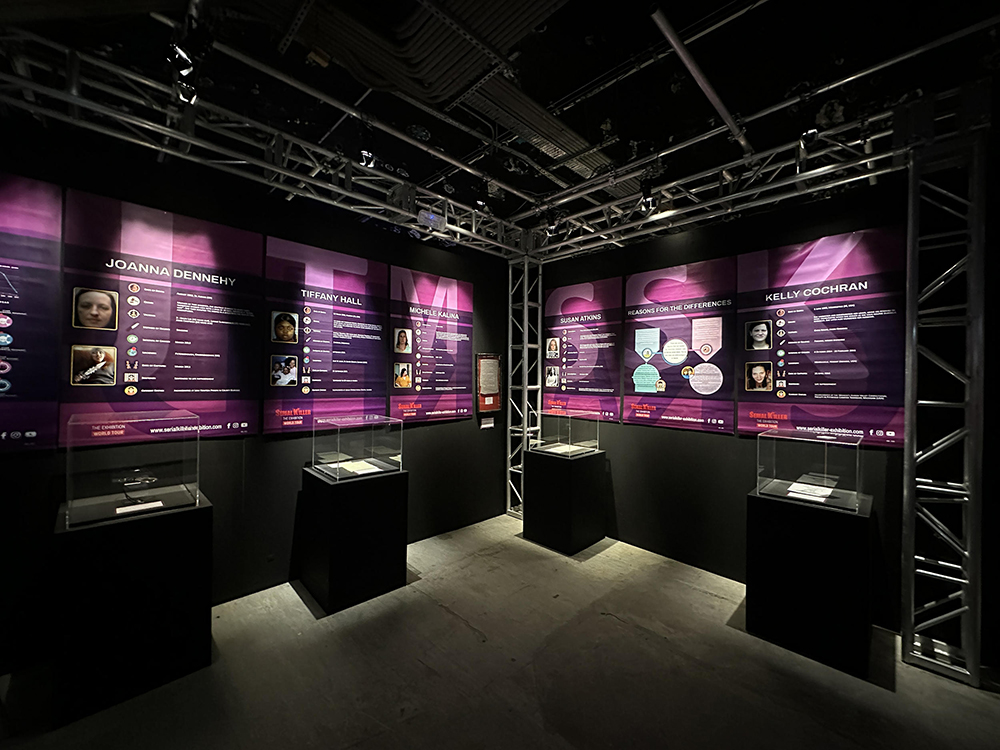
Beyond the walls of the Galeries Montparnasse, the ripple effect of the exhibition is palpable. Social media is flooded with hashtags, debate threads, and personal accounts from attendees. It’s become a cultural moment in Paris—a space where crime podcast addicts, students of criminology, historians, and curious tourists converge. The line between historical museum and horror story is thin, but the curators tread it with rare finesse. Anecdotally, one visitor, a retired judge, reportedly spent hours in front of the wall dedicated to the investigative evolution of forensic science in France, visibly moved. Another, a high school teacher, spoke of bringing her students to help them understand media sensationalism and societal perceptions of justice.

In a time when entertainment is saturated with true crime dramas, documentaries, and sensationalized retellings, Serial Killer: The Exhibition offers something rare: responsibility. It doesn’t just aim to shock, it aims to inform, to contextualize, and ultimately, to humanize—not the killers, but those who were affected by them. That might be the most powerful paradox at play here. What begins as a journey into fear becomes, somehow, a lesson in empathy.
So if you find yourself drawn to the intersection of history, psychology, and human darkness—and can bear the weight of what lies behind the morbid fascination—this exhibition is more than worth your time. As the curators poignantly put it, “Enter with curiosity, leave with conscience.” That’s not just a slogan—it’s a promise.
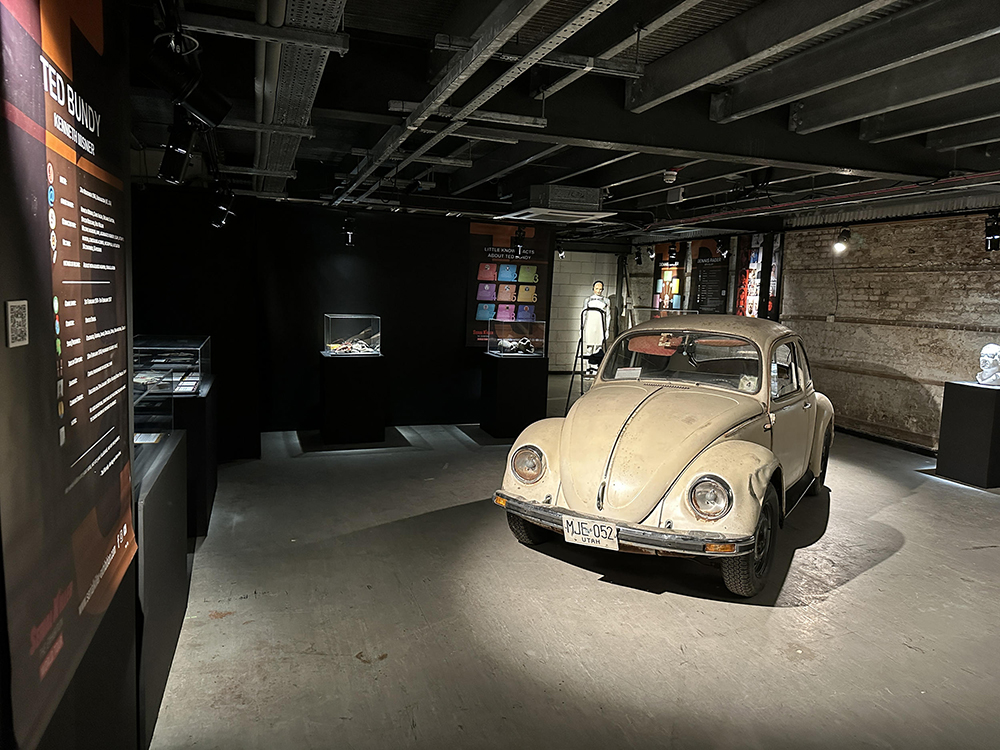
Practical information :
Address: Galeries Montparnasse - 22 Rue du Départ, 75015 Paris
Metro stations: Montparnasse-Bienvenüe (Lines 4, 6, 12, and 13)
Duration: Approximately 2 hours
Prices: Adults: from $23
Opening hours: Wednesday to Sunday: 10:00 a.m. to 7:00 p.m. (last admission at 6:00 p.m.)
(Source : press releases)

